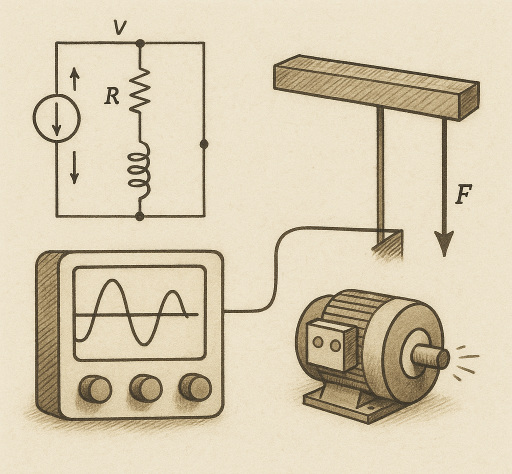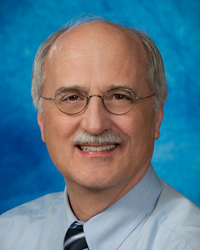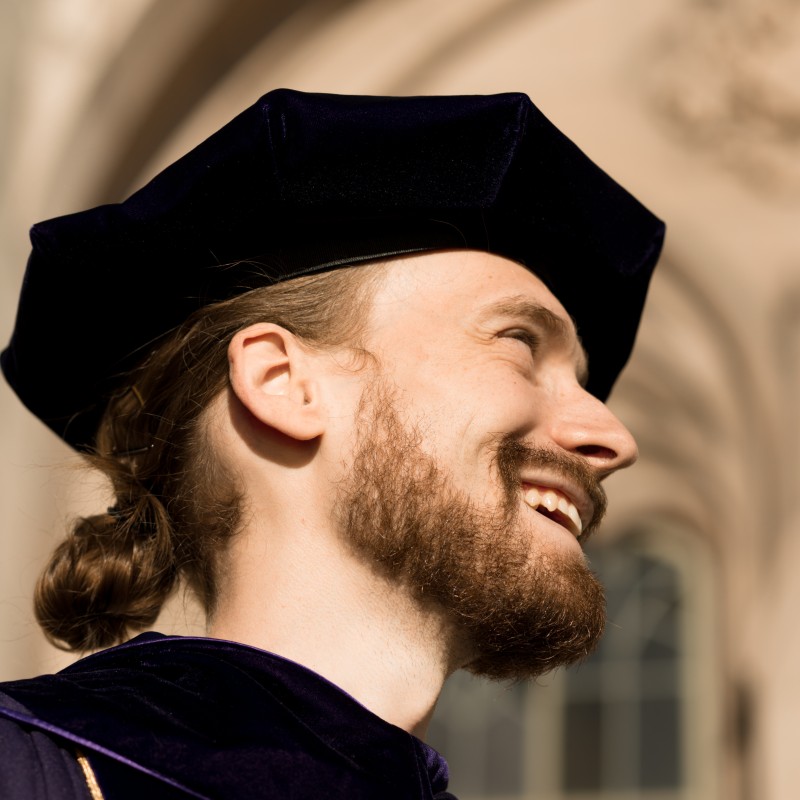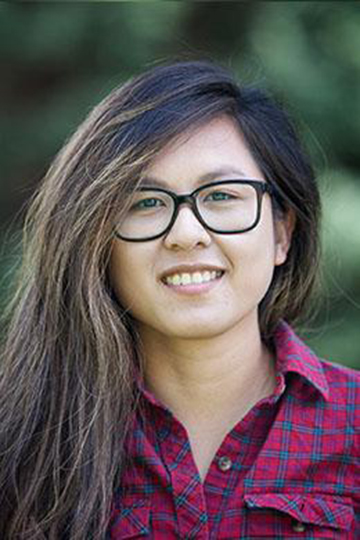Mechatronics and Computing Education Project
The Mechatronics and Computing Education Project develops and studies novel pedagogical approaches for integrating electrical systems, mechanical systems, and computational methods in engineering curricula. A key aim is to equip mechanical engineering students with deep, practical fluency in electrical and computing concepts—often without requiring separate electrical engineering coursework—by embedding these topics into mechatronics, instrumentation, and real-time computing contexts.
This work includes the creation of new course sequences, such as a three-course junior-year block in Mechatronics, Instrumentation and Experimental Design, and an integrated Laboratory—designed to reinforce concepts through multiple perspectives and immediate application. Research on these courses has shown that concurrent delivery improves students’ ability to recognize and apply electrical concepts across contexts, including senior design projects.
The project also develops open-source educational tools, such as StateMint, a software suite for symbolic dynamic system modeling that streamlines algebraic reduction to state-space form. By removing tedious algebra, StateMint allows students to focus on conceptual understanding and explore a wider variety of problems.
Another major output is the textbook _An Introduction to Real-Time Computing for Mechanical Engineers: A Lab-Based Approach_ [missing reference: ], the first real-time computing text tailored to mechanical engineering curricula. The book integrates theoretical foundations with nine hands-on labs, covering topics from scheduling and interrupts to digital feedback control.
The overarching goal is to design integrated, application-driven educational experiences that mirror the interdisciplinary nature of modern engineering practice, fostering graduates who are adept at uniting mechanical, electrical, and computational systems in innovative designs.

Publications

- Picone, Rico A. R., Joseph L. Garbini, and Cameron N. Devine. An Introduction to Real-Time Computing for Mechanical Engineers: A Lab-Based Approach. The MIT Press.

- Devine, Cameron, Joseph Garbini, and Rico Picone. "StateMint: A Set of Tools for Determining Symbolic Dynamic System Models Using Linear Graph Methods". Journal of Open Source Education 2, no. 14: 44.

- Paul E. Slaboch, Floraliza Bornasal and Rico Picone. "A Pilot Study of a Novel Set of Three Courses for Teaching Electrical System Analysis to Mechanical Engineering Students". 2016 ASEE annual conference & exposition.

- Picone, Rico and Paul Slaboch. "A Novel Set of Courses for Teaching Electrical System Analysis to Mechanical Engineering Students". Proceedings of the American Society for Engineering Education Rocky Mountain Section.




